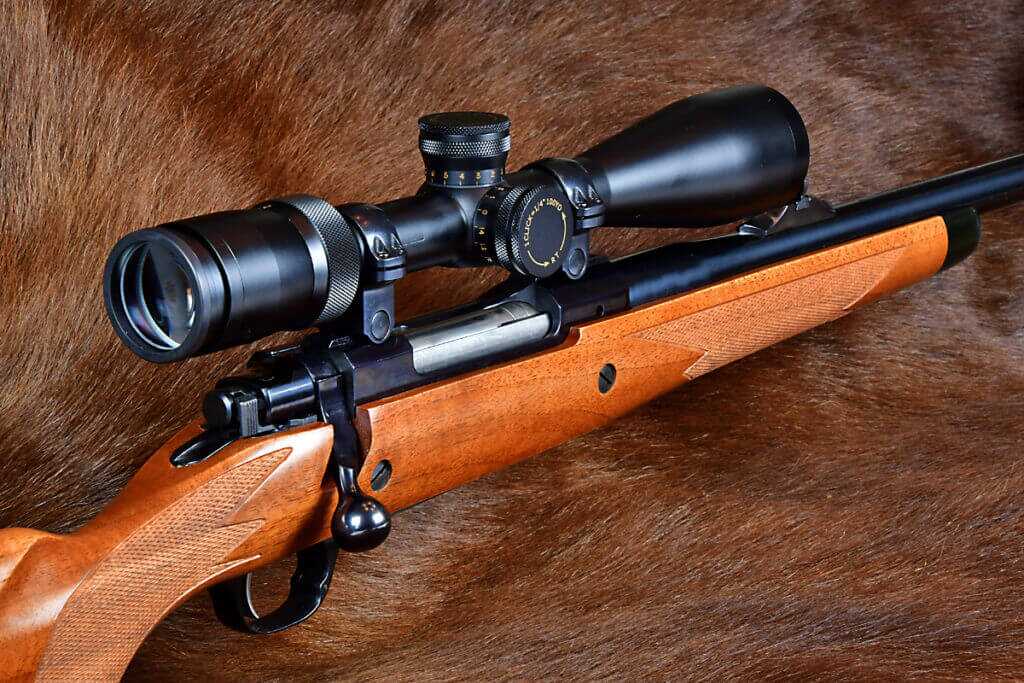
When you hear the word “African” attached to a rifle’s name, that tends to conjure up images of intrepid hunters striding into the long grass and putting their lives on the line to test their nerve and skill against the large and dangerous game of the Dark Continent.
Ruger, since the late 1960s, has made guns suitable for that purpose in the form of the Model 77 rifle chambered in 458 Win. Mag., later adding the Model 77 Mark II chambered in cartridges such as 375 H&H, 404 Jeffery, and 416 Rigby. It wasn’t until about 15 years ago when Ruger gave the Model 77 a makeover and changed the name to the Hawkeye, that the company unveiled a version marketed specifically for African hunting called the Ruger Hawkeye African. The guns featured Mauser-type controlled feeding and a powerful claw extractor, 3-position safety, hammer forged steel barrels, and a trim walnut stock with wrap-around cut checkering.
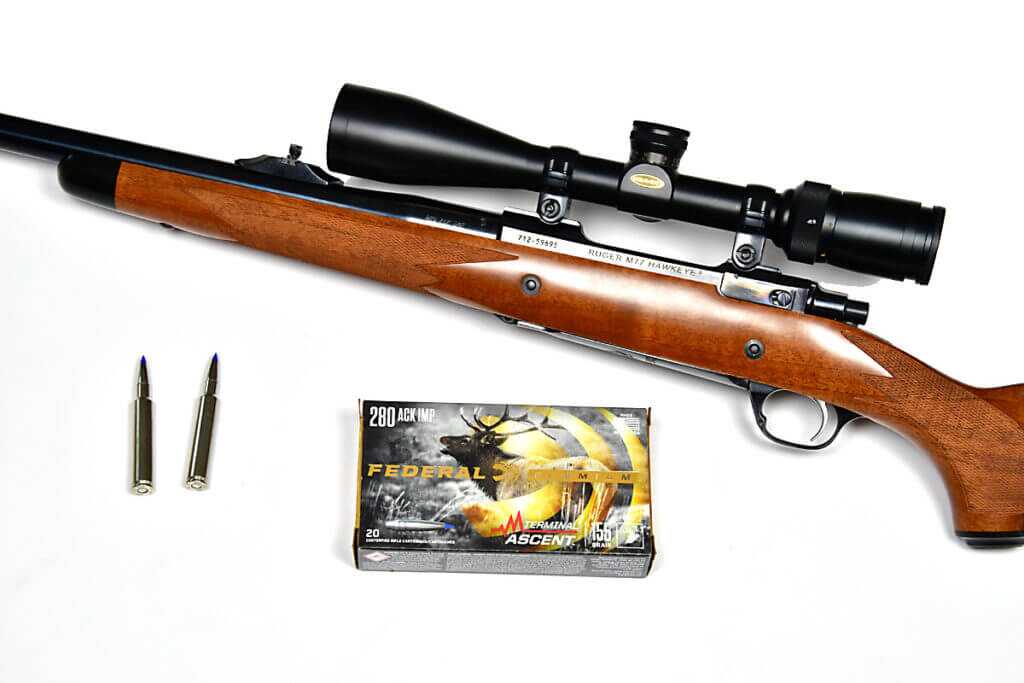
Today, the heavy hitters in the Ruger African lineup are chambered for the potent 375 Ruger and 416 Ruger cartridges, but from time to time, Ruger produces the rifles in chamberings more suitable for hunting African plains game and big game elsewhere. The newest of these is the Ruger Hawkeye African chambered in 280 Ackley Improved. For my money, Ruger knocked it out of the park with this gun.
Before I get to the details of the rifle, a quick look at the 280 Ackley Improved cartridge is in order, for you may be wondering why Ruger chose to add that chambering to the lineup versus others. The short answer is that the 280AI has a very loyal following and is growing in popularity, and may just be the best of all the cartridges “improved” by noted gunsmith Parker Ackley. In the case of the 280AI, he did so by removing the taper of the parent 280 Rem. case and changing the shoulder angle to 40 degrees. That increased case capacity and boosted velocity. Combined with long, heavy-for-caliber bullets with high ballistic coefficients – and shot from barrels with faster rates of twist — the 280AI runs with the 7mm Rem. Mag in terms of performance, but it does so while burning less powder and allowing you to fit more cartridges into a magazine. It is also quite accurate and easier on the shoulder than the 7mm Rem. Mag.
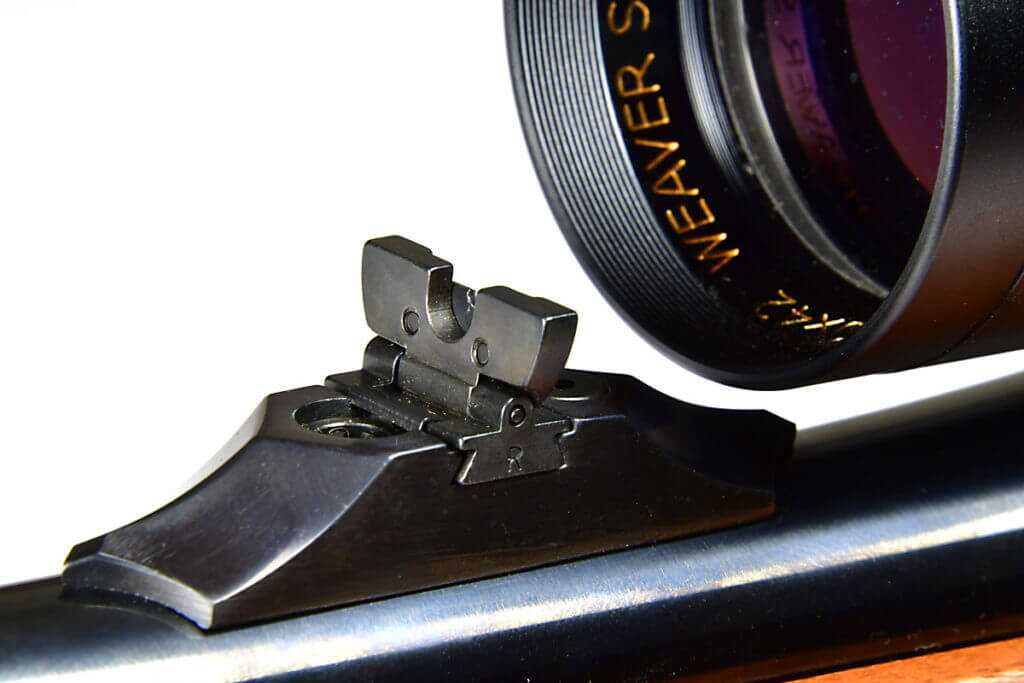
When you spend the money to go on an African hunt, you want a rifle that is reliable and accurate, and that’s what Ruger has done with the African model. One of the coolest things about the gun is that it looks, well, like an African rifle – a throwback to designs of yesteryear. It has a barrel band-mounted swivel stud and comes with shallow express-style, windage-adjustable V-notch rear sights and a large gold front bead sight for rapid target acquisition. It has a sleek, satin-finish, classic-style American walnut stock with two magnum crossbolts. Appearance and handling are enhanced with rounded contours, a delicate grip, nicely executed wrap-around cut checkering and an ebony forend cap. A slender, reddish rubber recoil pad is fitted behind a black spacer.
Of course, the rifle also has Ruger’s integral scope mount slots machined directly into the top of the receiver, eliminating a potential source of inaccuracy from base screws working loose. Ruger scope rings are included with the rifle.
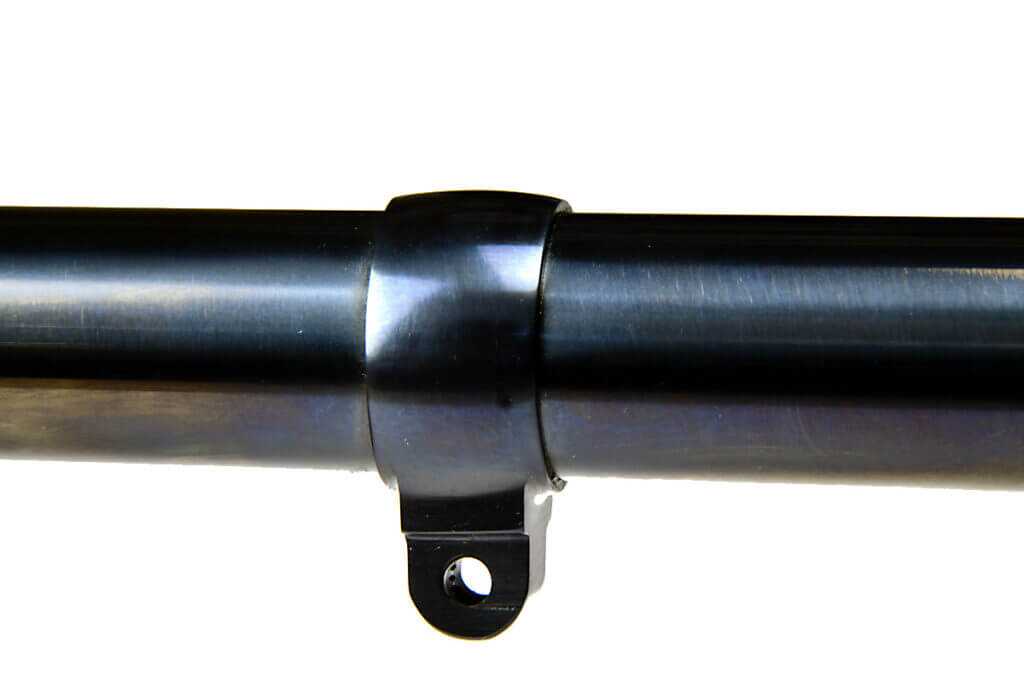
The gun sports a 24-inch cold hammer-forged alloy steel barrel, versus the 23-inch barrels of some original Hawkeye African rifles. Ruger says the barrel has a satin blued finish, but that’s an understatement. The bluing on my test rifle was deep, even and lustrous, and matched the finish on the action. Rate of twist is a relatively fast 1:8.5 to better stabilize the longer, heavy-for-caliber bullets commonly used in 280AI loads. Ruger says they fine-tune the chambering for optimal accuracy, and as I would discover in testing, the rifle has accuracy to spare.
Controlled-round-feed actions have long been considered desirable for hunting dangerous game, and while that’s not the primary purpose of the gun in this chambering, it’s nice to have that functionality with the Hawkeye’s non-rotating, Mauser-type controlled round feed extractor and fixed-blade ejector. The gun has a sturdy, one-piece steel bolt that cycled smoothly for me. Functionally, the rifle never skipped a beat in testing. It fed, fired, extracted, and ejected without issue. The gun also has a solid steel hinged magazine floorplate with a latch sitting nearly flush within the trigger guard to minimize chances of accidentally spilling rounds from the magazine, which holds four rounds. The Ruger logo is engraved on the bottom of the floorplate.
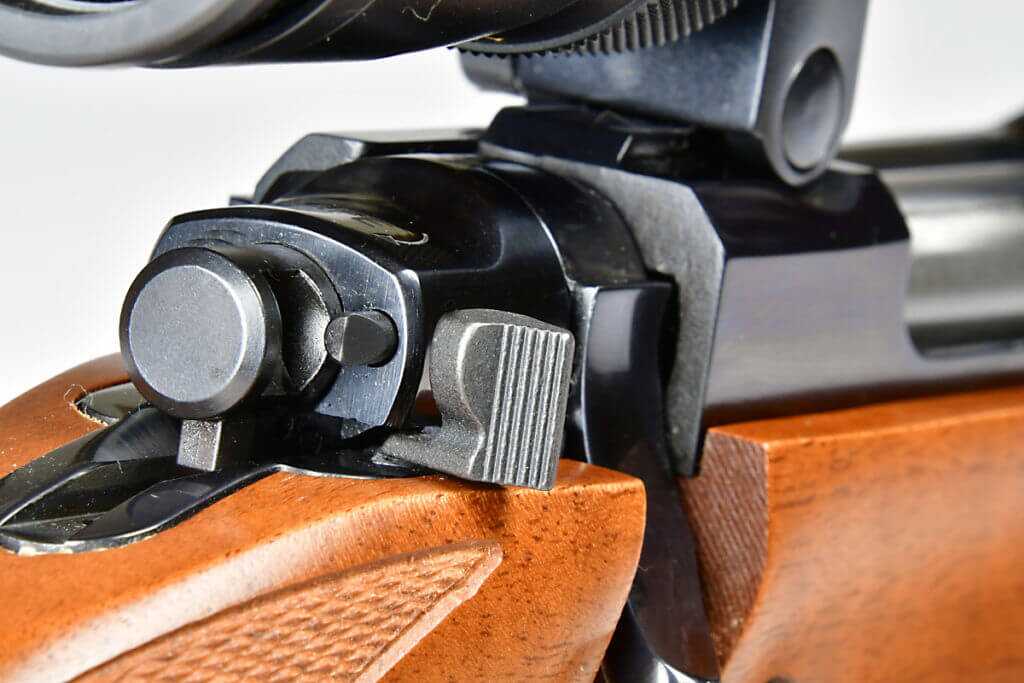
Like the Ruger 77 models that preceded it, this version of the Hawkeye has a three-position safety located within easy reach of the thumb of the shooting hand. The bolt is locked down with the selector lever in the rear position, but you can safely cycle rounds through the action with the lever in the middle, safety-engaged position. You simply push it all the way forward to fire.
One of the things that changed when Model 77 got a makeover years ago was the trigger. Today’s version is what Ruger calls the LC6 trigger, and I have found it to be pretty decent in all respects but one. Being something of a trigger snob, that means something coming from me. For starters, the trigger on my test gun had two things that I really like – or, more accurately, didn’t have two things I dislike on a hunting rifle. There was zero take-up and absolutely zero creep. The trigger break was nice and crisp. It broke heavier than I prefer, at an average pull weight of 4 lbs., 2 oz., and is not adjustable. That lack of adjustability is my one knock on the trigger, but it’s a minor one because the trigger broke so cleanly I was still able to shoot consistently tight groups.
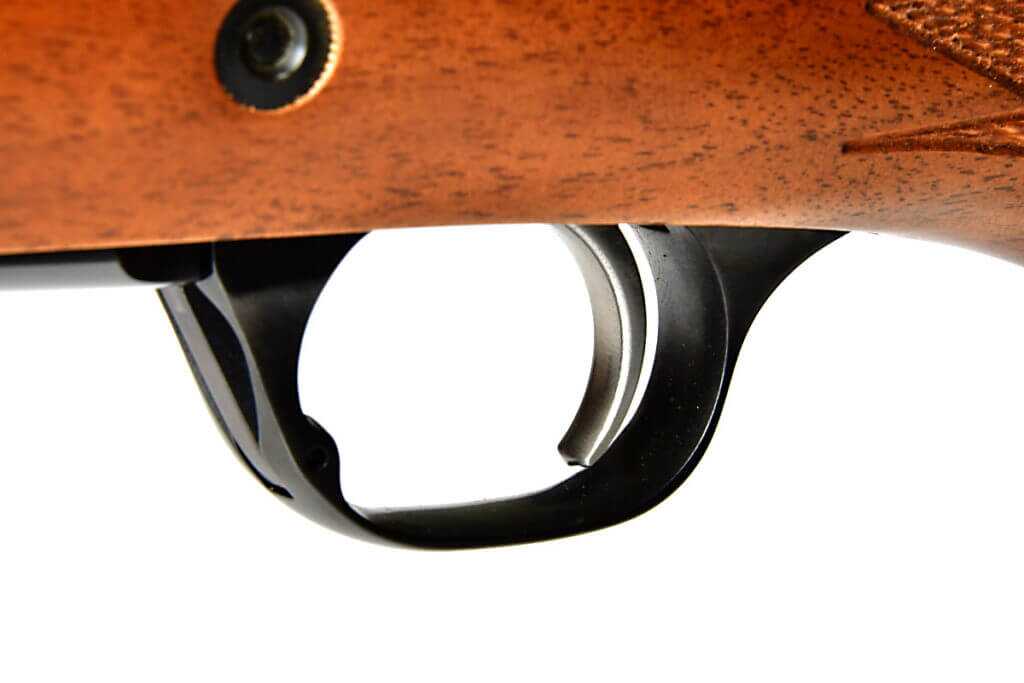
I was eager to test the rifle at the range because, in my limited experience with the 280AI, including using it in my own custom tack-driving rifle from Hill Country Rifles, I have found it to be an inherently accurate cartridge. For its range session, I mounted a Weaver Super Slam 2-10X42 scope, an old favorite for range testing, on the rifle.
I had only two loads available to test with the Ruger, but those loads delivered excellent results at the range. Federal’s 140-grain Meateater Trophy Copper load launched at 2,967 fps and produced average groups measuring 1.04 inches and a best group of 0.83 inches. The rifle, as it turned out, was just getting warmed up, and I’m not referring to the barrel’s temperature.
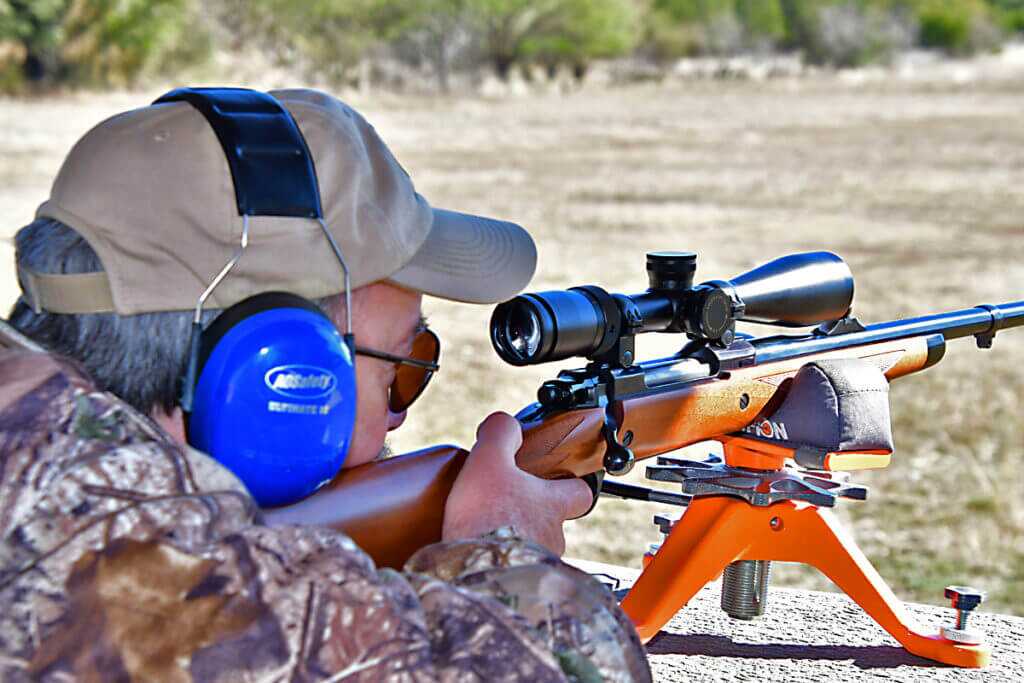
With the barrel’s relatively fast 1:8.5 rate of twist, designed to better stabilize longer, heavier bullets, I was expecting it to shoot well with heftier projectiles. Still, this is a hunting rifle, not a target gun, and I was surprised at just how well it performed with Federal’s 155-grain Terminal Ascent load, which has a G1 ballistic coefficient of 0.586. That load grouped bullets into an average group size of 0.78 inches, with a best group of just 0.35 inches. Muzzle velocity for the load was 2,850 fps (measured with a Competitive Edge Dynamics chronograph), which is about 80 fps slower than factory stated velocity, but that’s not surprising because factory ammo is often tested with longer barrels. I suspect the rifle would do just as well with loads using even heavier bullets, such as those produced by Nosler, but I couldn’t get my hands on any of that ammo in time for testing.
What this performance translates into, apart from excellent accuracy in the field, is a rifle that’s going to be extremely effective for plains game up to kudu, eland, and zebra, and equally deadly on most North American game animals as well, including elk and moose. A closer look at the ballistics of the 155-grain Terminal Ascent round, as an example, reveals why. Zeroed three inches high at 100 yards, the bullet is dead on at 263 yards. With a midrange trajectory of +3.5 inches at 150 yards, the bullet is less than three inches low at 300 yards – there’s no need to waste time twisting turrets or calculating drop. Just hold on and shoot. This same bullet is only 7 ½ inches low at 350 yards. At that distance, it’s still carrying nearly 2,000 ft. lbs. of energy. At 500 yards, it’s still moving at 2,200 fps and punching with 1,666 ft. lbs. of energy.
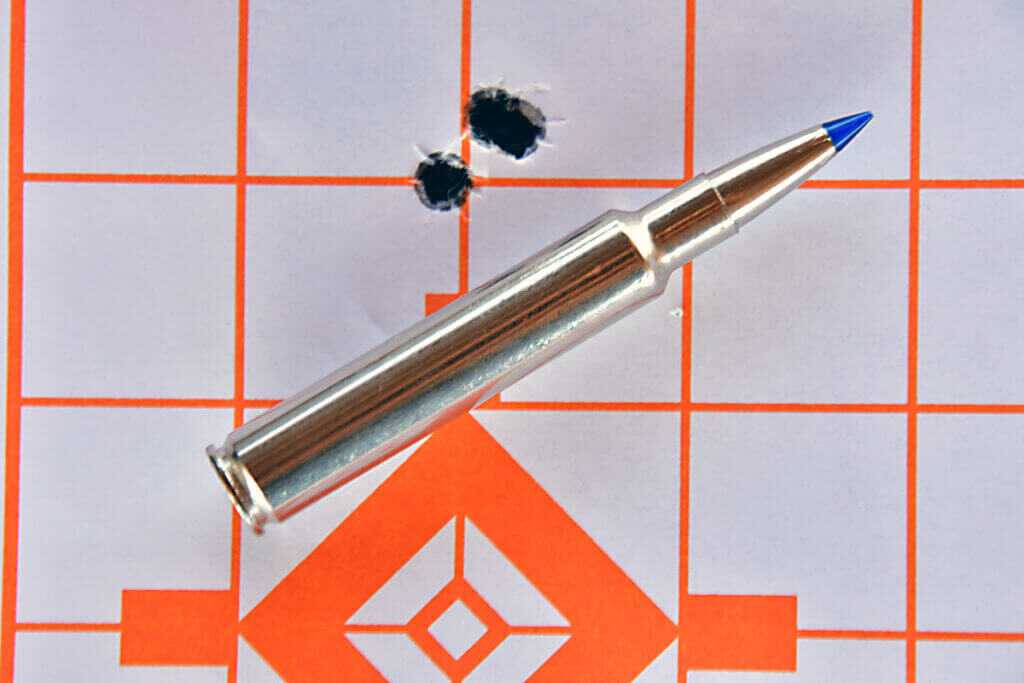
That’s a pretty impressive performance, and it comes quite close to matching the 7mm Rem. Mag. How close? Using the same 155-grain Terminal Ascent bullet, factory-stated velocity for the magnum is only 70 fps faster, which isn’t enough to make much difference. But remember, that 7mm Rem. Mag. load is burning a lot more powder to achieve that speed than the 280AI does, which means the 280AI produces noticeably less recoil, and many shooters may shoot it more accurately. It is, in a word, efficient.
In a rifle as accurate as the Ruger Hawkeye African I tested, the 280AI is deadly to most anything that walks on the North American continent and all but the most dangerous game elsewhere. Ruger doesn’t list a MSRP for the rifle, but I’ve seen new ones listed online for as little as $1,049.99.
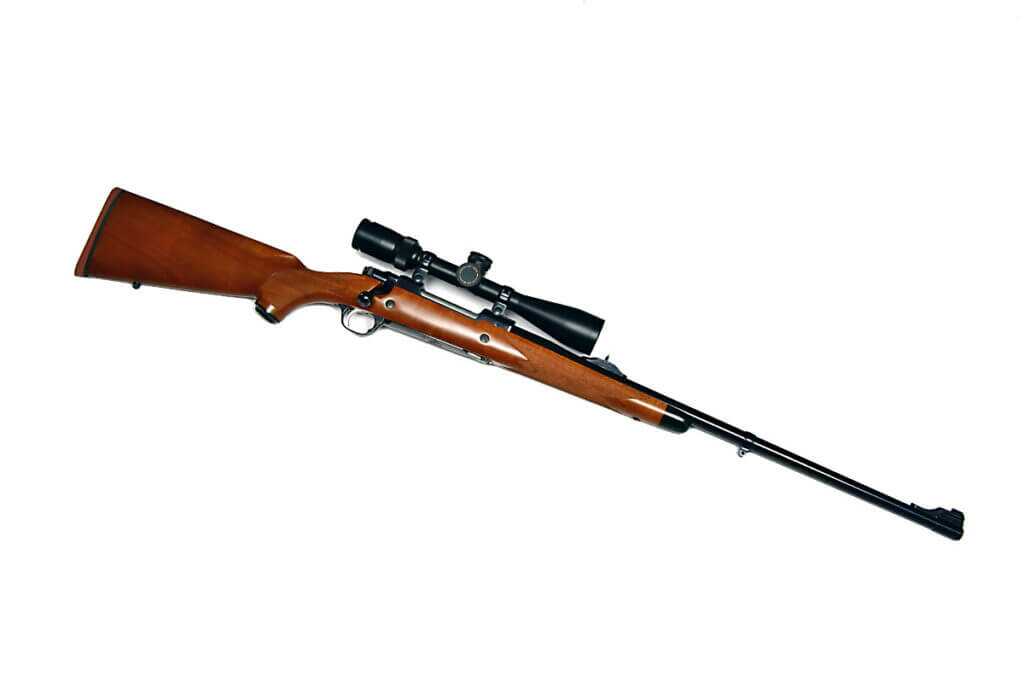
Ruger Hawkeye African Rifle
Caliber: 280 Ackley Improved, as tested
Action Type: Controlled round feed bolt action
Barrel: 24-inch, 1:8.5 twist
Finish: satin blued
Stock: American walnut
Magazine/capacity: 4+1
Sights: Express-style rear, gold bead front
Barrel Length: 24 inch
Overall Length: 45.88 inches
Weight: 7.5 pounds
Contacts
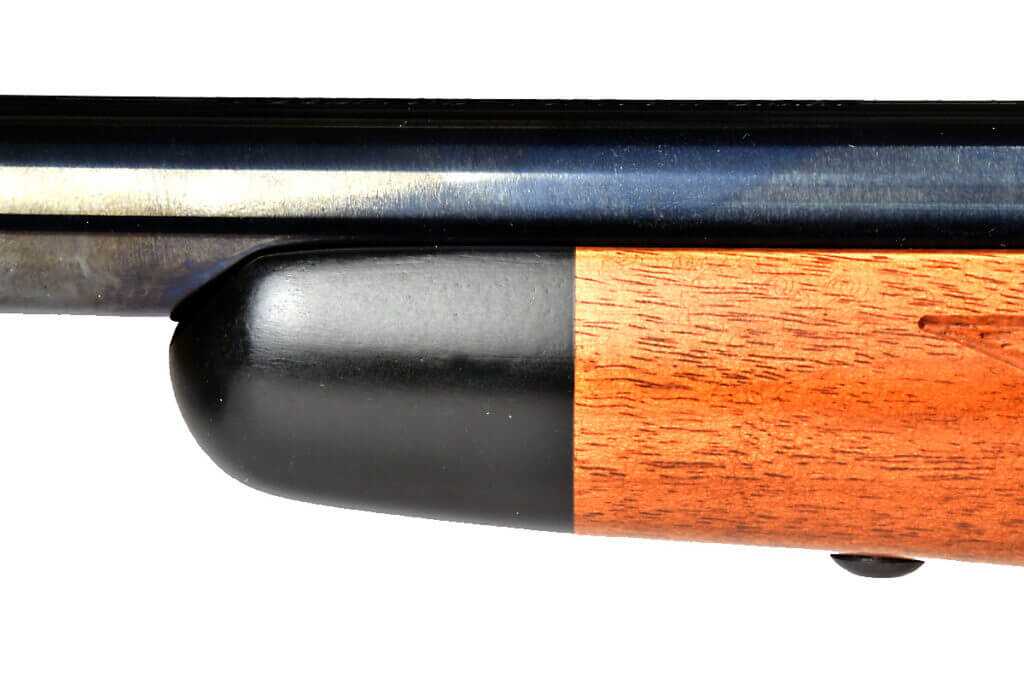

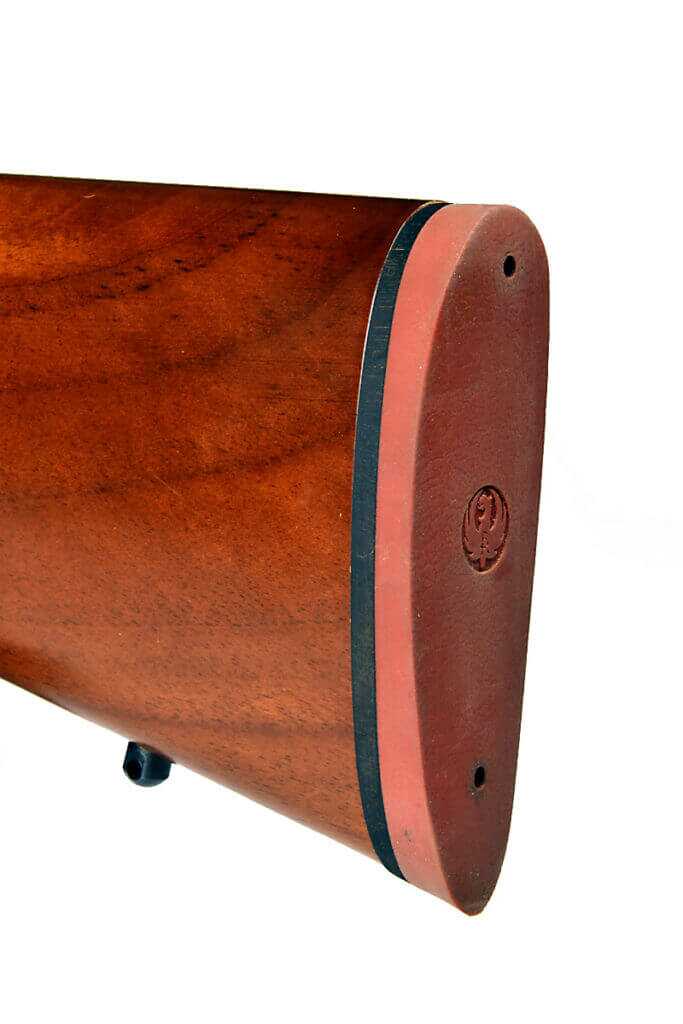



Love the gun will shoot ,280 Remington’s in it to get brass for AI. Great deer round.
I have a Hawkeye African in 375 Ruger. I love it, it’s very accurate with Sierras 250gr. Game King bullet and Noslers 260gr. partition. I need to try some 270grs. And 300gr. bullets. A friend has one in the 416 Ruger.
You test an African gun with 140 & 155 gr bullets?? Those numbers are not impressive, to get Magnum speeds you need a 26″+ length barrel and hand loads. I love the 280 ack but factory rifles never cut the mustard in a ack cartridge. Not smart Ruger. I’m getting 3050 fps out of 175 gr berger in mine. That’s Magnum speeds, but almost the same amount of powder(only 3 grs less).
Not available in left handed version, of course. 🙁
A pretty rifle and certainly accurate, but the tested velocities are easily gotten with the standard 280 and no trick to get them with the 270 Win. I’m sure they could be beaten with handloads and the AI case will not require trimming as often.
What a great rifle! I love that it comes with great iron sights… as good as modern scopes are, it’s still a great idea to have them as a backup that keeps the rifle useable just in case of a failure/damaged scope in a wilderness situation. Classic walnut and steel, controlled round feed and extraction, and non-loseable internal magazine.
The .280/.280 AI can handle any game in America, and the vast majority of the rest of the world, without abusive recoil and blast.
I’d love to have one!
The thing I don’t like about it is that it comes out now when I am too damned old and eat up with arthritis to hunt and shoot anymore. Should have come along 10 or 15 years ago.
I like the nice classic look to it. I shoot a 270 win.and 7mm mag, 30-06, and 300 win. mag. When reading the article,I said out laud, Who this things got power,
I love the .280 Rem and the 7mm Rem Mag. That being said, it seems bogus to point to a small reduction in felt recoil as significant while simultaneously dismissing a small improvement in performance. It reminds me a lot of people discussing .308 versus .30-06 – dismissive of the latter’s ability to handle a heavier payload more effectively and velocity superiority while touting the marginally reduced recoil of the former.
Great rifle and cartridge, what does the rifle weigh? Great review thanks.
Specs. say weight of the rifle @ 7.5 pounds! Finally – someone saw the LIGHT! Bill Ruger would be proud!
I love the smell of American Walnut. Synthetics be damned! A 24 inch barrel with a 1:8.5 twist will be perfect.
This is the rifle that I have been waiting for Ruger to make! Now, about that trigger……..
Nice!